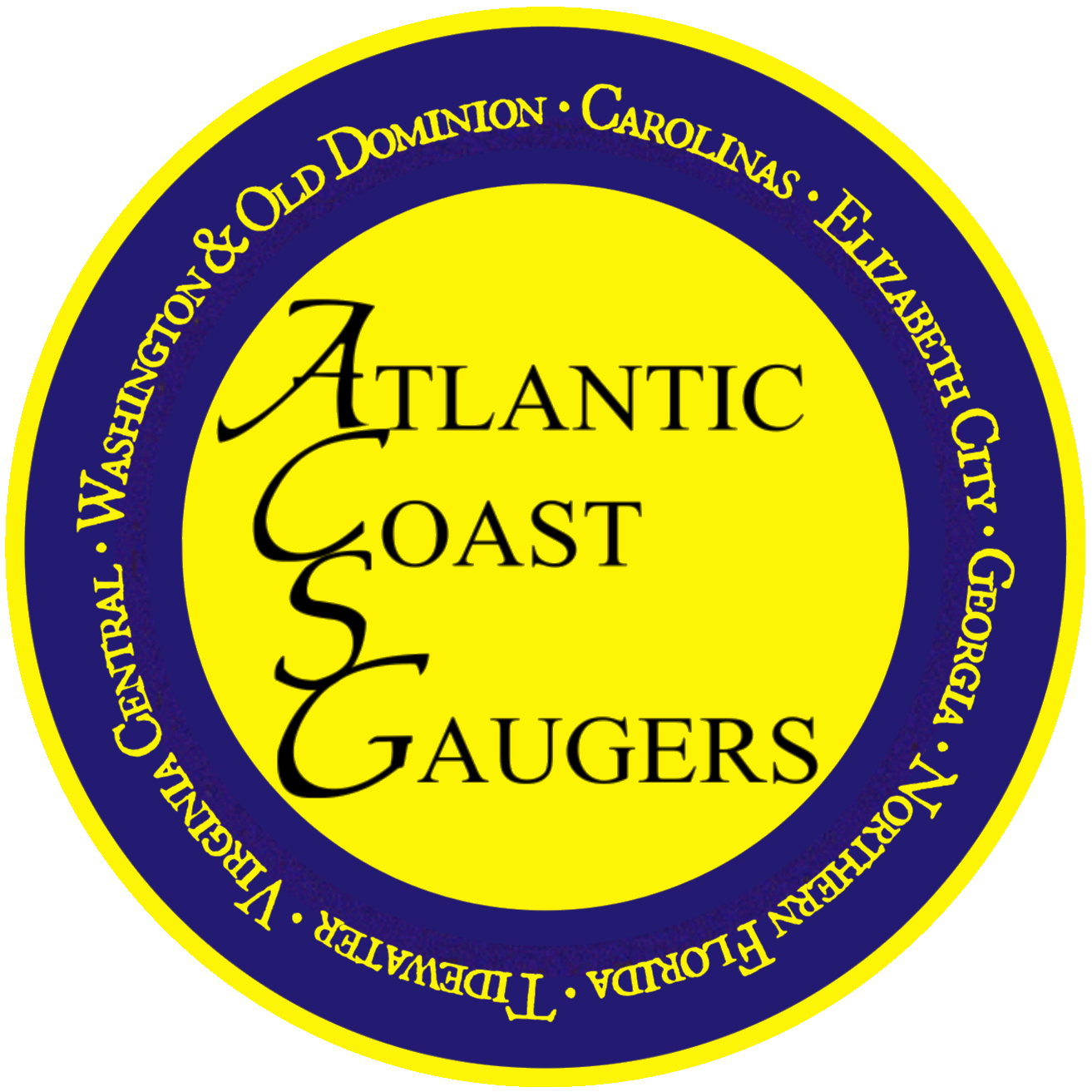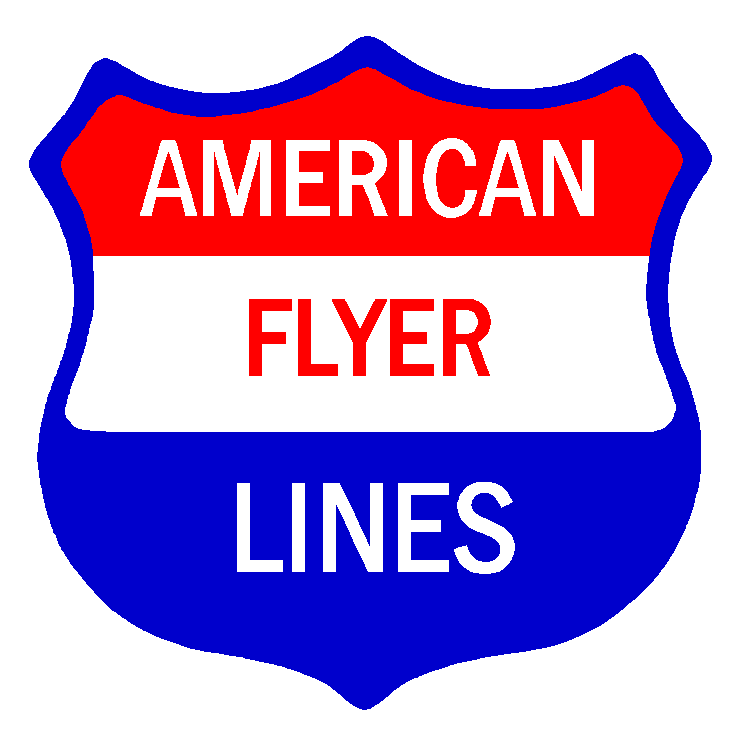
|
Atlantic Coast S Gaugers - ACSG
"Promoting S Gauge along the East Coast" |

|

|
Atlantic Coast S Gaugers - ACSG
"Promoting S Gauge along the East Coast" |

|
J. Wayne Beachy is a club organizer and founding member of the Atlantic Coast S Gaugers. His Midlothian & Manchester RR is an incredible layout and he has recorded some videos of the layout and his trains. The captions below are by Wayne.
A Virginian slow freight pulled by two H-16-44s. The engines are kitbashed from two PHM trainmaster shells and American Models power chassis. Many of the cars are custom decorated with my own decals - see if you can guess which ones. (Run time: 1:40)
A Southern reefer unit train on the upper level pulled by an AB pair of Southern F3s by SHS. There is quite a mixture of reefer models. The last half of the train is all Fruit Growers Express (FGE), about half of which were custom decorated using Cloverhouse dry transfers. (Run time: 0:53)
N & W manifest freight. (Run time: 0:28)
A Virginian passenger train circa 1950s. By this time the Virginian only had two mainline passenger trains; one east bound and one west bound, #3 and #4. The consist was pretty much the same as since the 30s, a light Pacific, a heavyweight RPO-Express, and two steel heavyweight coaches. Pretty much the same equipment used in the 1920s. This set is an American Models light Pacific and 3 American Models passenger cars. All were hand-lettered except the U.S. mail etc. on the RPO car. No, I doubt if either #3 or #4 went that fast, but I had to get the voltage up to produce smoke. (Run time: 0:11)
The N & W Powhatan Arrow circa 1960s. By this time the Arrow was 3 cars pulled by a single Red Bird GP9. This set is all redecorated Flyonel. The Geep has S scale decals and the passenger cars use HO decals. The passenger cars consists of Budd combo, coach, and observation. Yes, I know the Arrow did not use Budd cars and did not have an observation during the 60s, but these are toys, and one uses what one has available. This was the first redecorated train I did back in the 90s, and the engine is old and cheaply made. I guess that is why it insists on slowing down in the curves. (Run time: 0:46)
A Southern TOFC train. (Run time: 0:35)
A ficticious Southern unit train conisting of all covered hoppers. The engines include an American Models RS3 custom decorated using S scale decals, and a Flyonel GP7 coverted to DC. The covered hoppers run the gamat from redecorated orginal Flyer, to American Models, factory decorated and custom decorated with my decals, SHS - same, and Pacific Rail custom decorated with my decals. Some of the cars would never have run in the same period as others. The last few cars are all contemporary - Winchester & Western, Buckingham Branch (decorated with my decals), and Marland Midland purchased at the Baltimore NASG convention. (Run time: 0:56)
N & W 40 car coal drag pulled by 3 AM GP9s in original post-steam paint scheme. I used to see many of these go by my house in Petersburg Virginia when I was a teenager. The cars are an assortment of AM and SHS, some I decorated with Clover House dry transfers. The caboose is scratch built. (Run time: 1:04)
A Virginian work train. Many of the cars are kitbashed and decorated with my custom decals. This train uses several regauged Bachmann ON30 cars. (Run time: 0:40)
A Virginian 25 car coal drag pulled by 2 American Models H-24-66 Trainmasters. The sound is in the first coal car. The cars are a mixture of AM, SHS, Bachman On30 converted to S gauge, and one orginal Flyer gondola redecorated. Again, the caboose is scratch built. I never actually saw a Virginian train other than in old movies, but I understand this menagarie was typical of Virginian. (Run time: 0:45)
A small Christmas layout I had at my community Christmas Party. It features a 3' x 5' "snow covered" layout with SHS flex track, Flyonel Christmas trains and accessories, one modified ACG whistle, and custom decorated Plasticville and Marx buildings, plus lots of other little scenes including a parade with cast metal band and Santa in the back of the fire truck. (Run time: 0:37)
View all of Wayne Beachy's videos on the YouTube web site.